MCQ ON REPRODUCTION IN ORGANISMS class 12 for NEET | REPRODUCTION IN ORGANISMS class 12 | MCQ REPRODUCTION IN ORGANISMS with Answer | Check the below NCERT MCQ question for class 12 Biology chapter 01 based on the REPRODUCTION IN ORGANISMS with Answers.
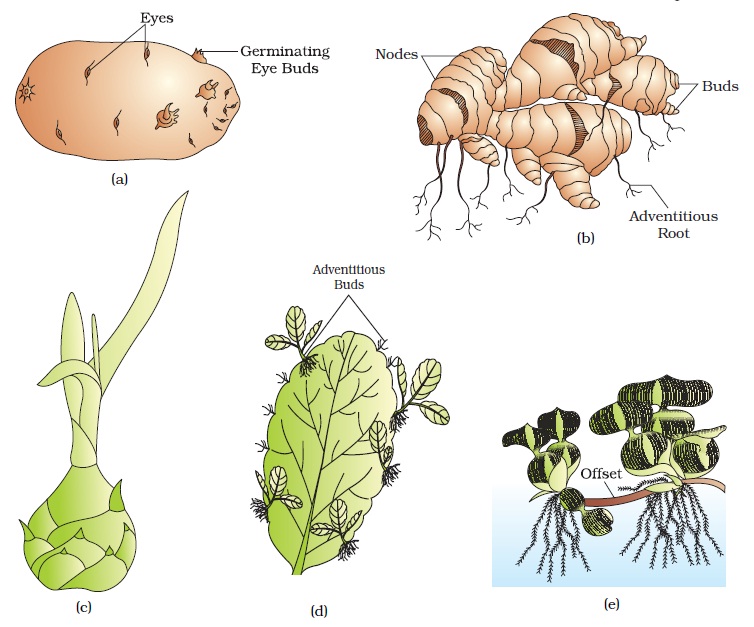
MCQ ON REPRODUCTION IN ORGANISMS class 12
MCQ on REPRODUCTION IN ORGANISMS class 12 Biology with answers were prepared based on the latest pattern.We have provided class 12 Biology MCQs questions on REPRODUCTION IN ORGANISMS with Answers to help students understand the concept very well.
MCQ REPRODUCTION IN ORGANISMS is useful for NEET / CSIR / UGC / CBSE / ICSE / AIIMS / EXAM / AFMC EXAM / STATE LEVEL MEDICAL EXAM 2022-23, 2023-24
Introduction:-
Each and every organisms can live only for a certain period of time.The period from birth to the natural death of an organism represents its life span. There is a large diversity in the biological world and each organism evolved its own mechanism to multiply and produce offspring.The organisms habitats , it’s internal physiology and several other factors are collectively responsible for how it’s reproduces. Based on whether there is participation of one organisms or two in the process of reproduction.
MCQ ON REPRODUCTION IN ORGANISMS class 11 for NEET
1.The period from birth to the natural death of an organisms represents its
(a) birth rate
(b) death rate
(c) life span
(d) all the above
Ans (c) life span
2. A biological process in which an organisms gives rise to young ones offspring similar to itself.
(a) reproduction
(b) respiration
(c) digestion
(d) none of the above
Ans. (a) reproduction
ALSO READ:-
● YOU CAN WATCH BIOLOGY SIR Youtube channel
3. Which enables the continuity of the species, generation after generation.
(a) reproduction
(b) cellular totipotency
(c) stem cells
(d) none of the above
Ans. (a) reproduction
4. When offspring is produced by a single parent with or without the involvement of gamete formation , the reproduction is
(a) asexual reproduction
(b) sexual reproduction
(c) mitosis
(d) none
Ans.(a) asexual reproduction
5. When two parents opposite sex participate in the reproductive process and also involve fusion of male and female gametes,it is called
(a) asexual reproduction
(b) sexual reproduction
(c) both a and b
(d) none of the above
Ans.(b) sexual reproduction
6. The term clone is used to describe
(a) morphologically and genetically similar individuals.
(b) morphologically and genetically different individuals
(c) morphologically similar and genetically different
(d) none of the above
Ans.(a) morphologically and genetically similar individuals.
7. Binary fission found in
(a) Amoeba and paramecium
(b) Amoeba , hydra
(c) Amoeba , sponge
(d) hydra, penicillium
Ans.(a) Amoeba and paramecium
8. Which is /are correctly matched
(a) conidia : penicillium
(b) buds: hydra
(c) gemmules: hydra
(d) all the above
Ans.(d) all the above
9. Stock and scion are used in
(a) cutting
(b) grafting
(c) layering
(d) micropropagation
Ans. (b) grafting
10. The fertilisation in plants was discovered by
(a) Strasburger
(b) Nawaschin
(c) Hoffmeister
(d) Leeuwenhoek
Ans. (a) Strasburger
11. A true fruit is the one in which the fleshy part of the fruit is derived from
(a) thalamus
(b) ovary
(c) inflorescence axis
(d) apocarpous gynoecium
Ans.(b) Ovary
12.Planaria possess high capacity of
(a) regeneration
(b) alternation of generation
(c) bioluminescence
(d) metamorphosis
Ans.(a) regeneration
13. Zygote is formed by the process of
(a) isogamy
(b) anisogamy
(c) oogamy
(d) syngamy
Ans. (d) syngamy
14. Gametogenesis refers to the process of
(a) fusion of two gametes
(b) fusion of two gametangia
(c) formation of two types of gametes
(d) formation of male gamete only
Ans.(c) formation of two types of gametes
15. Merchantia is considered heterothallic because it is
(a) heterogametic
(b) bisexual
(c) monoecious
(d) dioecious
Ans. (d) dioecious
16.The motile reproductive structures of algae and fungi , which directly give rise to new individuals are called
(a) zygospores
(b) zoospores
(c) cysts
(d) conidia
Ans.(b) zoospores
17. Which one represents male gamete .
(a) antipodals
(b) synergids
(c) endosperm
(d) pollen grains
Ans.(d) pollen grains
18. Meiosis occurs in
(a) megaspore
(b) meiocyte
(c) conidia
(d) gemmules
And.(b) meiocyte
19. Bacteria, fungi and Lower plants survive during adverse conditions by
(a) suspended growth
(b) migration
(c) diapause
(d) formation of thick – walled spores
Ans. (d) formation of thick walled spores
20. Some plants flower only once in their life, generally after 50- 100 years .They produce a large number of fruits and die.
(a) strobidanthus
(b) Bamboo
(c) callistemon linearis
(d) cymbopogon reptocus
Ans.(b) Bamboo
21. Process of sexual reproduction which involves Meiosis and syngamy is
(a) apomixis
(b) amphimixis
(c) agamospermy
(d) diplospory
Ans. (b) amphimixis

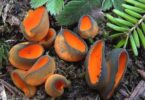
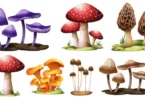
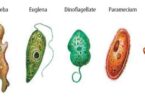
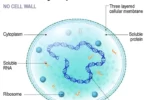
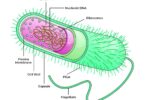
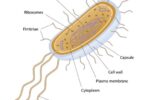
Leave a Comment